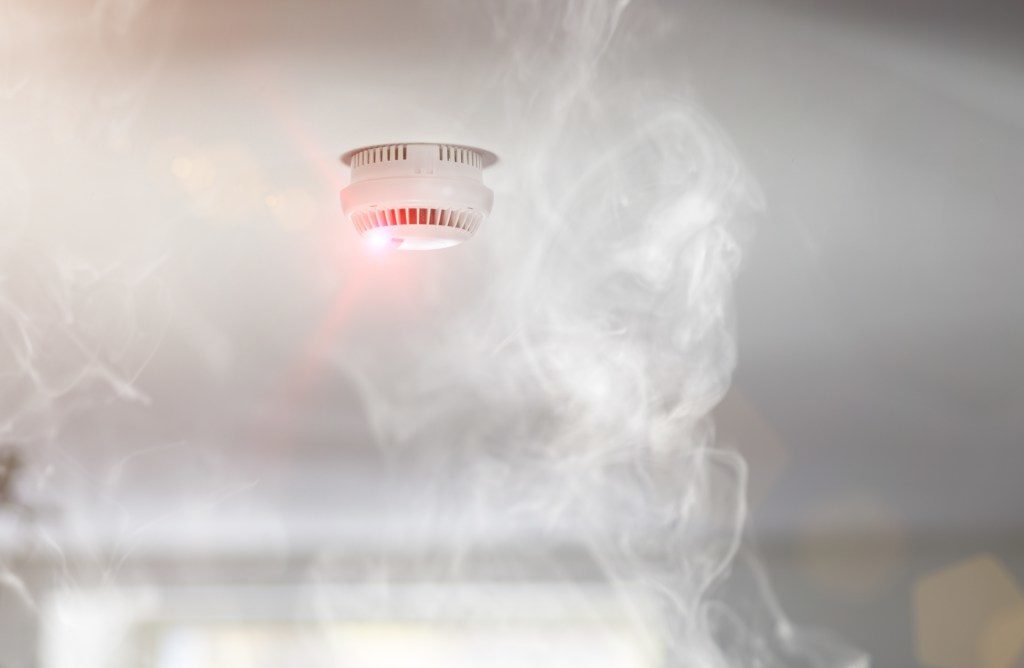JD Smoke Alarms is an Australian owned and operated smoke alarm installation and maintenance company based out in Brisbane.
What is a photoelectric smoke alarm?
A Photoelectric smoke alarm contains a photo cell and a light beam that shines away from the cell. As soon as the smoke enters the test chamber, some of the light is dispersed by the smoke particles and strikes the cell, which triggers the alarm. They respond to a wide range of fires but are especially susceptible to smouldering fires and dense smoke emitted by foam-filled furnishings or burnt PVC wiring. A few advantages of photoelectric smoke alarms is that they are not as prone to cooking nuisance alarms and contain no radioactive
materials.
If a fire starts, the fumes emitted can overwhelm you. The purpose of smoke alarms is to detect smoke and provide an early warning. With interconnected alarms, the warning will be triggered no matter where you are, or where the fire starts. This is especially useful when you are asleep, as your sense of smell weakens.
Hardwired 240v
A hardwired smoke alarm is connected to the mains power and has a battery back-up. The battery back-up works if the power fails.
The battery back-up must work under normal operating conditions as follows:
Note that hardwired smoke alarms must only be installed by a licenced electrical contractor in accordance with the Queensland Electricity Safety Act.
Battery Powered
The battery must be non-removable and provide power to the smoke alarm for at least 10 years without being recharged.
If cooking sets off the smoke alarm, do not disable it. Turn on the rangehood/exhaust fan, open a window or wave a handtowel near the smoke alarm until it stops beeping. Use the hush button if the smoke alarm has it. If issues persist, consider relocating the smoke alarm.
Every month check the smoke alarm by pressing the test button. If you cannot reach the button, use a long object such as a broom handle.
Replace the back-up battery on hardwired alarms:
Most alarms will emit a short ‘BEEP’ when the batteries are low. This is a reminder to replace the battery.
Smoke alarms must never be painted.
Smoke alarms have a limited lifespan of 10 years (under normal use conditions). They should be replaced before to the expiry date stated by the manufacturer.
For 10-year,non-removable, battery smoke alarms, the entire smoke alarm must be replaced after 10 years.
Specialty smoke alarms are also available, including those for deaf and hearing-impaired people.
When it is time for your smoke alarms to be upgraded, those alarms must:
Any existing smoke alarm being replaced from 1 January 2017 must be photoelectric and must comply with Australian Standard 3786-2014.
If the smoke alarm is hardwired it must be replaced with a hardwired photoelectric smoke alarm.
It is possible to have a combination of smoke alarms (mains powered, and battery operated) and so long as they can be interconnected.





